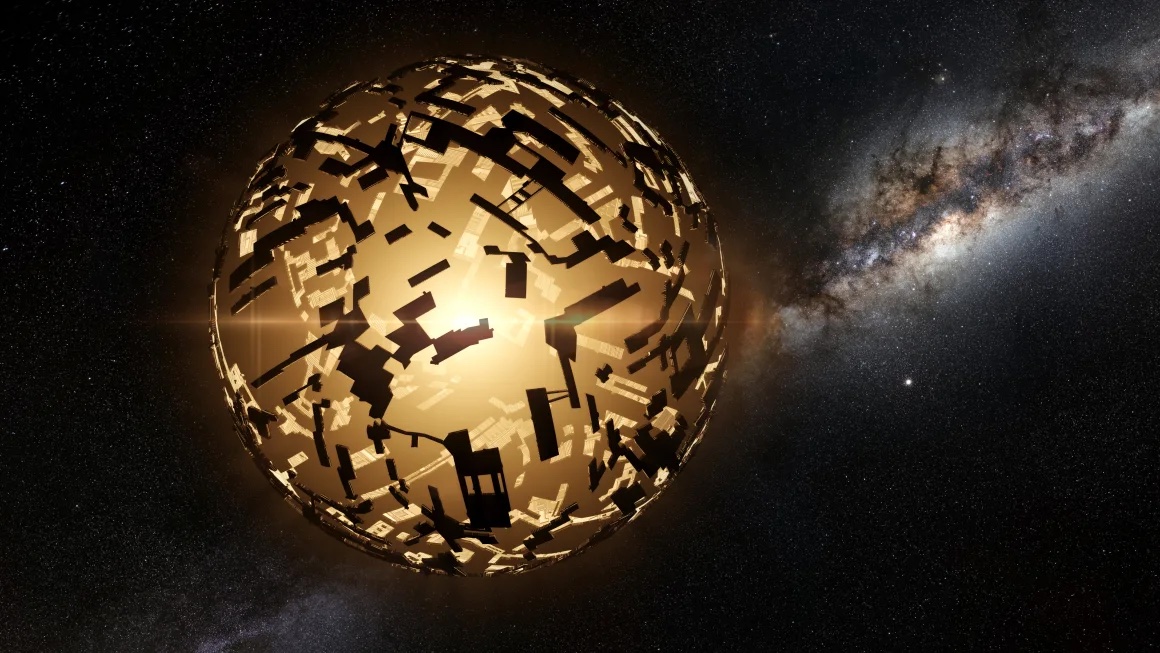
# A Solar Enigma Revealed: Twirling Vortices at the Sun’s Poles
**Article Overview:** Researchers have implemented sophisticated computer simulations to anticipate the presence of twirling vortices at the Sun’s poles, similar to the polar vortices found on Earth and other celestial bodies. The investigation suggests that these solar vortices create distinct patterns that progress in tandem with the Sun’s magnetic cycle, leading to deeper insights into solar phenomena.
**Journal Citation:** [Proceedings of the National Academy of Sciences, November 11, 2024](https://doi.org/10.1073/pnas.2403816121)
## A Fresh Perspective on Solar Dynamics
The Sun, our nearest star, has persistently concealed numerous secrets, especially those related to its polar regions. While significant advancements have been made in understanding solar events such as sunspots, solar flares, and coronal mass ejections, knowledge about the solar poles has remained limited. Unlike planets like Earth, where polar regions are clearly observed and studied, direct visual evidence from the Sun’s poles is absent.
“No one can definitively ascertain what is occurring at the solar poles,” states Mausumi Dikpati, a senior scientist at the National Center for Atmospheric Research (NCAR), who directed the research. The inability to explore the Sun’s poles thoroughly, due to an absence of solar missions specifically targeting these regions, has compelled scientists to depend on mathematical models and simulations to forecast solar activity.
In a significant advancement, Dikpati’s team utilized state-of-the-art computer simulations, providing a novel perspective on the Sun’s polar regions. Their results forecast the formation of polar vortices—swirling, turbulent atmospheric patterns induced by magnetic influences—that are akin to those observable in the atmospheres of Earth, Jupiter, and Saturn.
## The Interplay of Magnetic Forces
The simulations indicated that these solar vortices develop around 55 degrees latitude, a pattern reminiscent of Earth’s Arctic Circle. The research suggests that these vortices form swirling designs that progressively advance toward the poles in a tightening spiral.
As they approach the poles, these formations lose intensity and reduce in quantity, eventually culminating in just two vortices that settle precisely at the Sun’s poles. The most captivating factor of this vortex activity is its periodic nature, closely interlinked with the Sun’s magnetic cycle.
The Sun experiences an approximate 11-year cycle during which its magnetic poles reverse. At specific points within this cycle—especially during solar maximum, the peak solar activity phase—these vortices vanish entirely, only to reappear as the magnetic cycle renews. The precise characteristics of these vortices are significantly influenced by the strength of the solar cycle; weaker solar cycles yield fewer, less distinct vortices, whereas stronger cycles result in more vigorous and noticeable swirling activity.
“The Sun’s vortices are strongly governed by its magnetic field,” Dikpati elucidates. This magnetic influence stands in stark contrast to planetary vortices, which are primarily driven by atmospheric dynamics such as wind and temperature differentials rather than magnetic forces.
## Consequences for Solar Studies
This revolutionary finding opens up exciting possibilities for future solar observation missions, particularly regarding the exploration of the Sun’s less-documented poles. The timing of mission activities becomes critical, as McIntosh, co-author of the paper, emphasizes. “You might plan a solar mission, and it could arrive to watch the poles at completely the wrong moment.”
If a mission’s timeline coincides with solar maximum, when vortices are absent, the key objective of investigating these swirling structures could be compromised. This insight presents a new layer of complexity for forthcoming missions such as the Solar Orbiter, a collaborative venture between NASA and the European Space Agency (ESA). Launched in 2020, the Solar Orbiter is set to provide humanity’s first direct view of the Sun’s poles.
Thus, scheduling such missions in alignment with the Sun’s magnetic cycles may be crucial for successfully capturing these vortices as they occur. Solar scientists remain optimistic that equipped with this understanding, upcoming missions can be timed to yield groundbreaking insights into these areas, potentially further elucidating occurrences associated with the Sun’s magnetic behavior, including solar storms and space weather impacts on Earth.
## Revealing a Solar Enigma
This study not only bridges a crucial gap in solar physics but also has substantial implications for comprehending the broader mechanics of other astrophysical entities. Given that our Sun’s behavior affects everything from satellite operations to global communication systems, this newfound knowledge about its polar vortices could lead to enhanced accuracy in space weather forecasting.
By illustrating how polar vortices disappear during the solar maximum and re-emerge subsequently, researchers are better positioned to investigate the Sun’s magnetic reversals and their effects throughout the solar system. Although the enigma of the solar poles may not yet be fully clarified, we are now one step closer to comprehending this dynamic star that supports life on Earth.
—
### **Terminology**
– **Solar Maximum:** The phase during the solar cycle when solar activity, including sunspots and solar flares, reaches its peak,